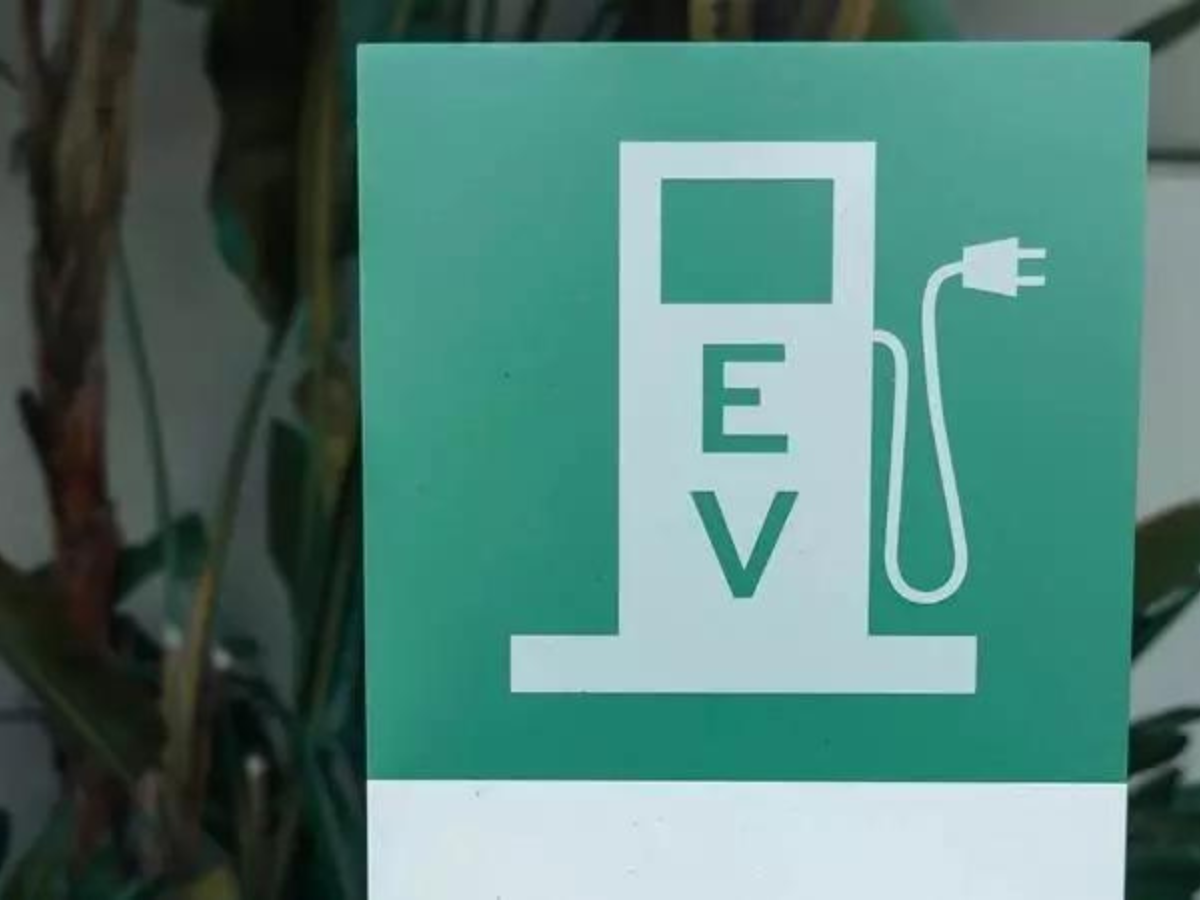In the expenditure budget, the outlay for FAME has been reduced to Rs 2671.33 crores for financial year 2024-25 from Rs 4807.40 in current financial year (FY24) – a reduction of 55.58 per cent to be precise.
This is starkly in contrast to assumption of hike in FAME scheme to about Rs 10,000-12,000 crore for FY25.
As of now there is no news about how the govt wants to allocate funds under FAME scheme for various segments in the new financial year. Notably, the govt had earlier hinted at reducing allocation for EVs for personal use, such as electric two wheelers, under FAME.
Effect on electric two wheelers
According to the current FAME II guidelines, the government provides a subsidy of Rs 10,000 per kWh of battery, with a maximum cap of 15 percent of the electric two-wheeler’s ex-factory price.
Let’s consider an electric scooter with an ex-showroom price of Rs 1 lakh, including the subsidy benefits. Taking into account the 15 percent value of the scooter (Rs 15,000) and the cap of Rs 10,000 subsidy per kWh of the battery, the electric vehicle would be priced at Rs 1,15,000 without subsidies.For example, the Ola S1 Pro, with an ex-showroom price of Rs 1,47,499, includes a FAME subsidy of Rs 22,268. Without the subsidy, the S1 Pro would be priced at Rs 1,69,767. Similar considerations apply to other electric scooters.It’s worth noting that several states also provide additional subsidies.
Need for FAME
The electric vehicle (EV) industry has been advocating for an increased allocation in the FAME (Faster Adoption and Manufacturing of Hybrid and Electric Vehicles) scheme, given that alternative support mechanisms like the production-linked incentive (PLI) scheme have stringent conditions, such as high minimum net worth norms.
Initially, the government allocated Rs 895 crore for FAME I, which was in effect from 2015 to 2019. Subsequently, there was a substantial increase in allocation to Rs 10,000 crore for FAME II, covering the period from 2019 to 2024.
In May 2023, adjustments were made to the incentives provided under the FAME II program, reducing them to Rs 10,000 per kilowatt-hour and capping them at 15% of an electric two-wheeler’s ex-factory price. This modification aimed to prevent the depletion of the budgetary allocation for the scheme before accomplishing its outlined objectives.
FAME II’s objectives included subsidizing 1 million electric two-wheelers (E2Ws), 500,000 electric three-wheelers, 55,000 electric four-wheelers, and 7,090 electric buses. While the program has successfully achieved its goals for E2Ws and buses, there have been reported challenges related to companies not adhering to localization commitments, raising concerns about implementation integrity.
Other Budget announcements for EV sector
However, the budget has some good news for the EV sector as well. While speaking in her budget speech, Finance Mininster Nirmala Sitharaman said, ““Our Government will expand and strengthen the e-vehicle ecosystem by supporting manufacturing and charging infrastructure. Greater adoption of e-buses for public transport networks will be encouraged through payment security mechanism,”
The govt is also plans to boost the EV charging infrastructure via the rooftop solar scheme that aims to seeks to offer up to 300 units free electricity every month to one crore households.”
(You can now subscribe to our Economic Times WhatsApp channel)










